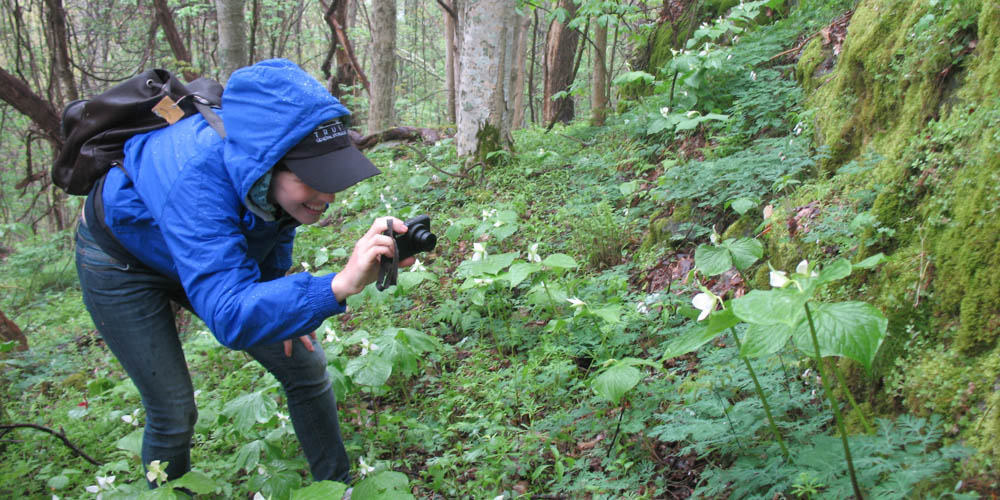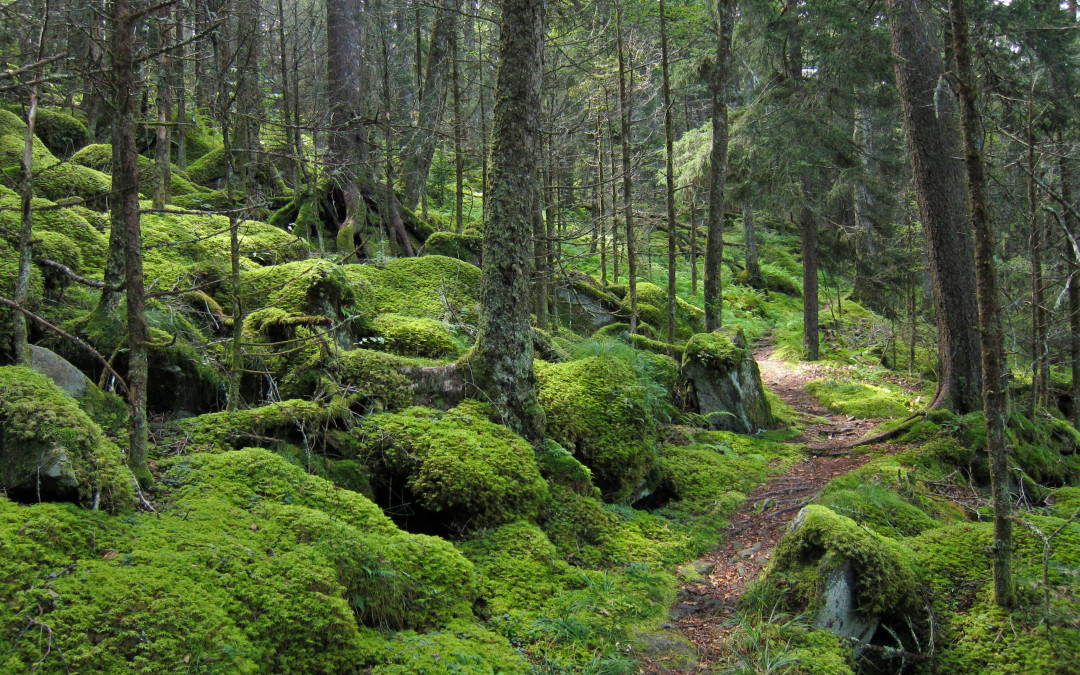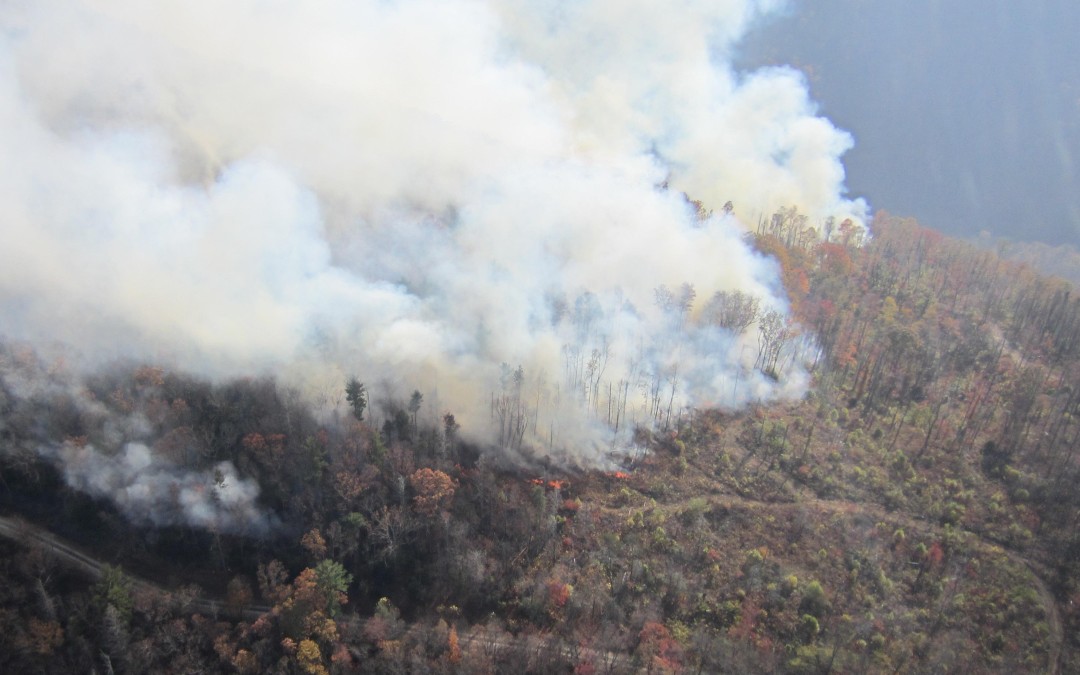
Blitz the Bluff with MountainTrue
Blitz the Bluff with MountainTrue
Second Annual Bluff Mountain Bio-Blitz To Inventory Diverse Ecosystem
Hot Springs, N.C. — Join MountainTrue on the second annual Bluff Mountain Bio-blitz happening on Saturday, June 3 in the Pisgah National Forest near Hot Springs, North Carolina. During the Bio-blitz, expert and amateur naturalists will work in teams to document the biological diversity of Bluff Mountain.
“This event is a great opportunity for people to hike in a unique and diverse ecosystem, learn from expert naturalists, and see our native species and habitats first hand,” explains Josh Kelly, MountainTrue Public Lands Field Biologist.
Who: MountainTrue and Hot Springs Mountain Club
What: Bluff Mountain Bio-Blitz nature inventory
Where: Meet at Hot Springs Community Center – 43 Andrews Ave N, Hot Springs, NC 28743
When: June 3, 2016 at 8 a.m.
RSVP and Details at: https://www.eventbrite.com/e/2017-bluff-mountain-bio-blitz-tickets-34519919007?aff=es2
This event is open to the public and donations are suggested. Blitzers will have the option of taking part in either moderate or strenuous hikes led by expert-level naturalists.
Bluff Mountain is a massive peak that rises more than 3,500’ above the French Broad River to a height of over 4,600’. Bluff has many of the conditions associated with some of the most diverse sites in the Blue Ridge: high elevation relief, complex geology with circumneutral conditions, and numerous streams, springs, and seeps. These conditions should provide an ideal habitat for an abundance of rare and common species, yet few biological inventories of Bluff Mountain have occurred.
Bluff Mountain bio-blitzers will endeavor to inventory the biological diversity of Bluff Mountain. MountainTrue will provide maps and resources to help standardize data collection to participants. After the bioblitz, all the data collected will be submitted to the US Forest Service as part of a citizens’ proposal for protective management of Bluff Mountain.
Expert-level naturalists and knowledgeable locals participating include ornithologists, botanists, ecologists, mycologists, entomologists and lichenologists.
About MountainTrue
MountainTrue fosters and empowers communities throughout the region and engages in policy and project advocacy, outreach and education, and on the ground projects. To achieve our goals, MountainTrue focuses on a core set of issues across 23 counties of Western North Carolina: sensible land use, restoring public forests, protecting water quality and promoting clean energy – all of which have a high impact on the environmental health and long-term prosperity of our residents. MountainTrue is the home of the Watauga Riverkeeper, the primary watchdog and spokesperson for the Elk and Watauga Rivers; the French Broad Riverkeeper, the primary protector and defender of the French Broad River watershed; and Broad River Alliance, a Waterkeeper Affiliate working to promote fishable, swimmable, drinkable waters in the Broad River Basin. For more information: mountaintrue.org









